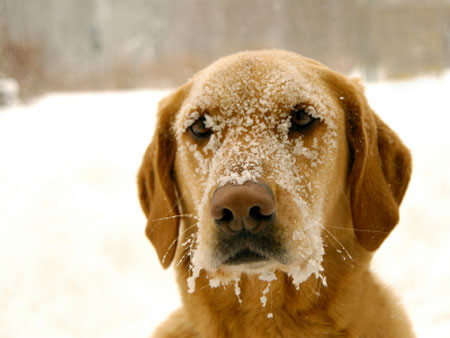Information Dog Owners Should Know Regarding Endocrine Alopecia in Felines
 There are many reasons why cats can experience problems with hair loss. A relatively rare reason for this to occur is because of feline endocrine alopecia. Vets don’t exactly know why this rare skin condition occurs.
There are many reasons why cats can experience problems with hair loss. A relatively rare reason for this to occur is because of feline endocrine alopecia. Vets don’t exactly know why this rare skin condition occurs.
Whenever it does develop though, your cat’s hair will start thinning. Various areas of the body will be affected by hair loss. You may notice that these areas appear to be the same on both sides of the body. Two areas that are most often affected include the rear legs and abdominal region.
Certain other medical conditions can mimic the signs caused by feline endocrine alopecia. To see if your cat is really suffering from this condition, the vet will have to rule out other possible causes of the hair loss first. Parasites and conditions like ringworm can cause similar signs.
In order to make a diagnosis of endocrine alopecia in cats, vets typically look at a sample of hairs under a microscope. Doing so can help determine at what stage of their growth the hair were broken. Skin scrapings around the affected area can also help determine what’s causing hair loss in your cat. Fungal infections like ringworm can easily cause signs.
A blood sample may also be in order if your vet suspects feline endocrine alopecia to be the problem. The sample won’t be tested in the office though. A laboratory will need to inspect it to see how the endocrine system is functioning as far as hormones go.
As mentioned earlier, vets don’t know why cat endocrine alopecia develops. Hormones like testosterone, estrogen, or thyroid hormone are some of the leading suspects though. Cats with the condition may need to start a regimen of hormone therapy to deal with it.
Cats that are eating foods that they’re allergic to may experience spontaneous hair loss. Therefore, you may need to start your cat on a food trial to see if it helps relieve the signs. You may need to start feeding your cat a different type of food.
Sometimes, feline endocrine alopecia is treated with medications that are designed to grow the hair back. This isn’t always the preferred method of treatment in cats though. These medications can lead to serious side effects in some felines. They can be toxic to the liver over time and also cause cardiac problems.
Cats may even develop other conditions like diabetes mellitus after taking these medications. Some even experience changes in their behavior.…

 Feline herpes is also known as feline viral rhinotracheitis or FVR for short. The upper respiratory tract is affected by this illness. Caused by the feline herpes virus type 1 (FHV-1), it can affect a cat of any age or breed.
Feline herpes is also known as feline viral rhinotracheitis or FVR for short. The upper respiratory tract is affected by this illness. Caused by the feline herpes virus type 1 (FHV-1), it can affect a cat of any age or breed.